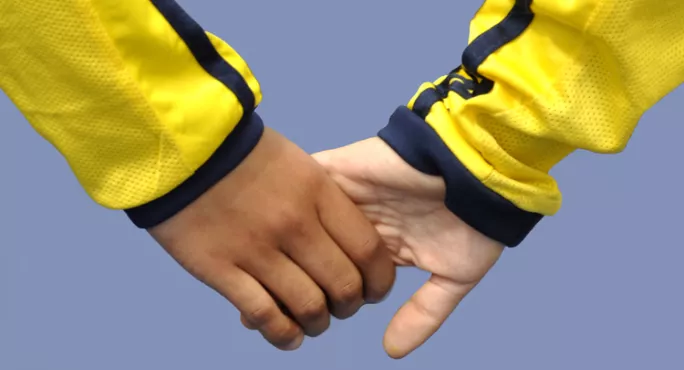It is the year 2033. All those delightful nine year-olds that you used to teach are 25 years old and hopefully all well-established in the workplace. What skills will they be using? Are they the same skills that you are equipping them with now?
By 2033, jobs will have changed, evolved, disappeared and probably reappeared in formats that we can’t yet imagine. But there’s one skill will almost certainly still be needed: collaboration. Whether children go on to be teachers, waiters or managers of global companies, the ability to work with a variety of people will be invaluable.
However, fostering a culture of collaboration in the classroom is easier said than done. Who among us hasn’t created an exciting project for children to work on in pairs or groups, only to see one pupil leading and doing all the work while others sit back and take the credit?
In my experience, there are no miracle quick fixes to effective group work. But too often, we send children off to work in pairs or groups and just expect things to be harmonious. How much time do we spend discussing what makes a good learning partner? Can the children tell you how their role will help the group achieve success? We must teach these skills explicitly if we want children to learn how to interact with people that they may not get on with.
A system for pair work
In my school we trialled using Kagan structures, but found them to be useful only in certain situations. So, we now base all of our learning around “learning partners” to help foster collaboration skills.
Here’s how the system works:
- Children are assigned a learning partner by their teacher. These partners are changed weekly so that everybody must work with a variety of people.
- The children know how to be a good learning partner. We spend time discussing things like how to coach your partner, rather than simply telling them an answer.
- The children assign each other roles that they must be accountable for, in the same way that people have different jobs within a team in the workplace.
- Before all writing, the children discuss their ideas with their learning partners, but they do this by taking it in turns to talk for one minute each and then feeding back on their partner’s ideas before discussing their own. This negates the influence of the dominant partner or the lazy partner.
- A lot of time is spent peer-assessing and editing one another’s work. This is done with one book open and placed on top of the other, so that both parties are concentrating on improving one piece of writing collaboratively.
- Using online collaborative editing software that allows children to work in the same document is a great way to take the whole process forwards.
Of course, this is not the only option available, but we have found that embedding the fundamentals of successful collaboration through the learning partner system helps to make sure that working well with others becomes second nature to our pupils.
Ben Burgess is a primary school teacher and an ex-footballer who played for Hull City and Blackpool
@benkburgess




